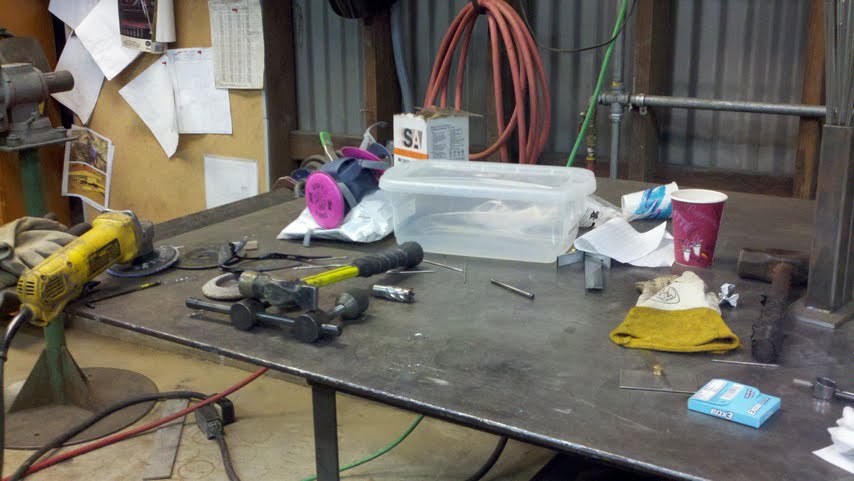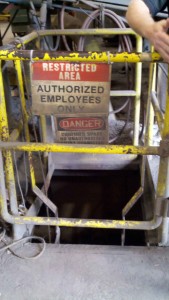Fri 20 Jul 2012
Zero accidents?
Posted by admin under Admin Controls, Air Monitoring, Management, Safety Policies, Safety Programs
Comments Off on Zero accidents?
Are you measuring for zero accidents? Is this even possible? I agree it is a worthy goal. But, if you are presenting this to management, can you actually achieve it?
There is plenty of discussion around this issue. Maybe a better goal is something harder to measure, but more successful/beneficial in the long term. What about measuring one of these? (or a combination)
- response time from complaint to resolution (from employees)
- number of requests for safety related issues
- satisfaction of safety by workers (rate 1-10)
- safety committee interest & interaction
- decrease in airborne exposure levels year over year
- keeping track of engineering/administrative controls put in place per year
My 2 cents.





